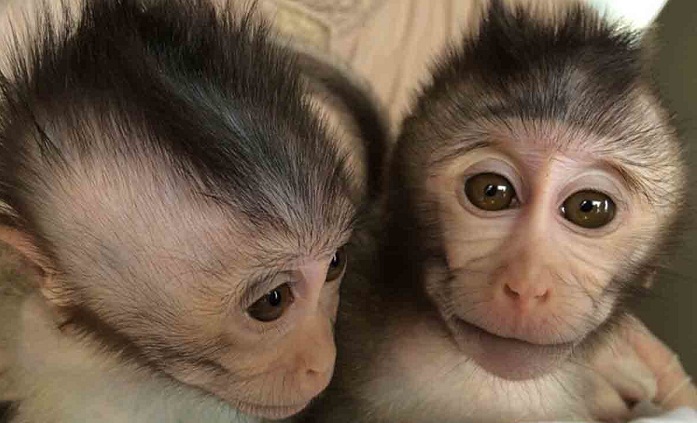Will creating monkeys with autism-like symptoms be any use?

By replicating this extra dose of MECP2 in macaques, researchers at the Chinese Academy of Sciences’s Institute of Neuroscience in Shanghai say they have created monkeys that will help us learn about this poorly understood condition. But other researchers are divided on whether such a diverse condition that is tied to human behaviour can be meaningfully reproduced in monkeys.
Running in circles
Zilong Qiu and his team believe that while many different, rare mutations are likely to lead to conditions that present as autism, these may affect common circuits in the brain. By raising the MECP2 levels, they have created macaques that spend less time grooming each other and have a habit of running in circles. The team is now imaging the monkey brains to identify which circuits are behind this altered behaviour.
“I think the fact that we don’t understand the circuitry that underlies the behavioural problems [of autism] is one of the biggest limitations at the moment, says Matthew Anderson at Harvard University.
Anderson says this research is pioneering, establishing the feasibility of using non-human primates to study neurodevelopmental conditions. But the monkeys don’t show intellectual disability or seizures, two consequences of MECP2 duplication in humans. The monkeys could be a first step towards more sophisticated monkey models of autism in future, he says.
Social animals
Others are not convinced. Social communication problems are the hallmark of autism, says David Skuse at University College London. “The question is: if you create an animal model based on a human genetic anomaly, what does that tell you about autism in general? I don’t think it necessarily tells you anything about autism.”
Other animals, including rats and mice, have also been used to investigate genes associated with autism in humans, but the animal behaviours that are taken to be a sign of the condition are not a good match. Many studies focus on repetitive movements in such animals, but this type of behaviour is very uncommon in children who have autism, says Skuse.
The idea that all conditions that involve autistic features must have the same underlying brain circuitry is also contentious. The human brain has evolved to allow us to become a very social animal, so it’s possible that changes in a wide range of pathways can lead to altered social communication. “Expecting to find a single biological pathway that functions abnormally and leads to autistic symptomatology is in my opinion naive and untrue,” says Skuse.
If Qiu and his colleagues do manage to identify altered brain circuits in the monkeys, they plan to use gene editing or gene therapy to see if they can improve any behavioural symptoms.
Work like this may shed light on particular behaviours, and Anderson thinks genetic treatments will be possible for the most severe cases of autism.















































